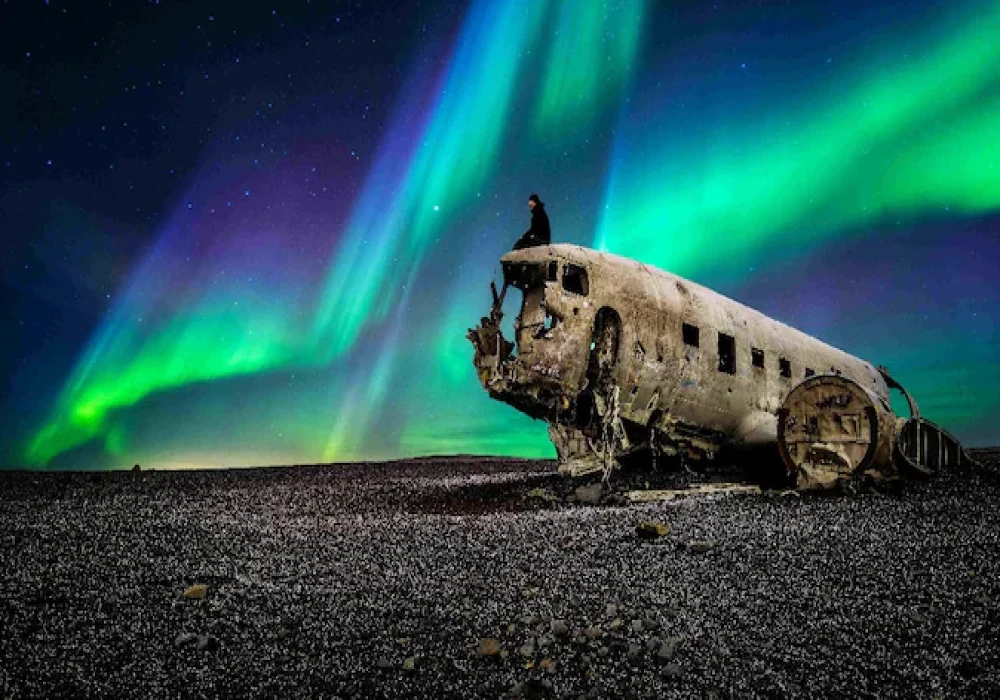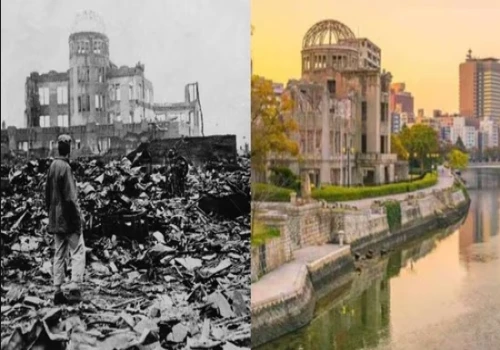
The sun has entered the solar maximum, a phase that occurs approximately every 11 years. During this time, the sun’s magnetic poles flip, moving from a calm to an active state. This transition not only affects space but also has consequences for Earth, especially in terms of communication and satellite functioning. However, the solar maximum also brings exciting opportunities, such as increased chances to witness the stunning Northern Lights.
What is the Solar Maximum?
The solar maximum is a period in the sun's cycle where solar activity peaks, leading to heightened solar flares and coronal mass ejections (CMEs). These activities release clouds of charged particles and magnetic fields toward Earth. One of the effects of the solar maximum is interference with satellites, GPS signals, and radio communications.
Despite these challenges, the solar maximum is a key event for aurora hunters. Solar flares and solar winds cause the Northern Lights, or auroras, which become more frequent and vivid during this time.
Northern Lights: A Magical Display
The Northern Lights, also known as the Aurora Borealis, occur when charged solar particles collide with gases in Earth’s atmosphere, creating beautiful displays of light. The colours seen in the sky, from green to rare hues like blue and purple, depend on the type of gas involved in the interaction and the altitude at which the collisions occur.
The best time to see the Northern Lights is between September and April, with 2024-2026 offering the peak viewing opportunities due to the current solar maximum. This is a rare chance, as the next solar maximum won't occur until 2035.
Where to See the Northern Lights
To witness the Northern Lights, one must travel to regions beneath the auroral oval, which includes countries like Iceland, Norway, Finland, Sweden, Russia, Canada, and the U.S. state of Alaska. These areas are located between 66°N and 75°N, where the solar particles interact most frequently with Earth’s atmosphere.
Scandinavia remains one of the most popular destinations for aurora hunting, particularly Iceland and Finland. However, Russia, specifically Murmansk, is an excellent option for those looking for a less crowded and more affordable experience.
The Role of the KP Index
The KP Index is a tool that helps predict the visibility of the Northern Lights by measuring geomagnetic activity. On a scale of 0 to 9, higher numbers indicate stronger geomagnetic storms and better chances of seeing the lights. For instance, a KP Index of 9 signifies the highest level of activity, often leading to auroras visible even at lower latitudes.
Planning an aurora trip based on the KP Index can increase the likelihood of witnessing a memorable light show. During the solar maximum, higher KP readings are more frequent, offering spectacular displays of colour in the night sky.
Planning Your Trip
For those planning to see the Northern Lights, preparation is crucial. Booking flights to places like Reykjavik (Iceland), Helsinki (Finland), or Oslo (Norway) well in advance can help manage costs. Similarly, securing a visa early, especially for Schengen countries, is essential to avoid delays.
Russia is also a convenient option for Indian travellers due to the ease of obtaining visas and the affordability of travel. Russian Arctic regions offer prime aurora viewing spots at a fraction of the cost compared to Scandinavia.


